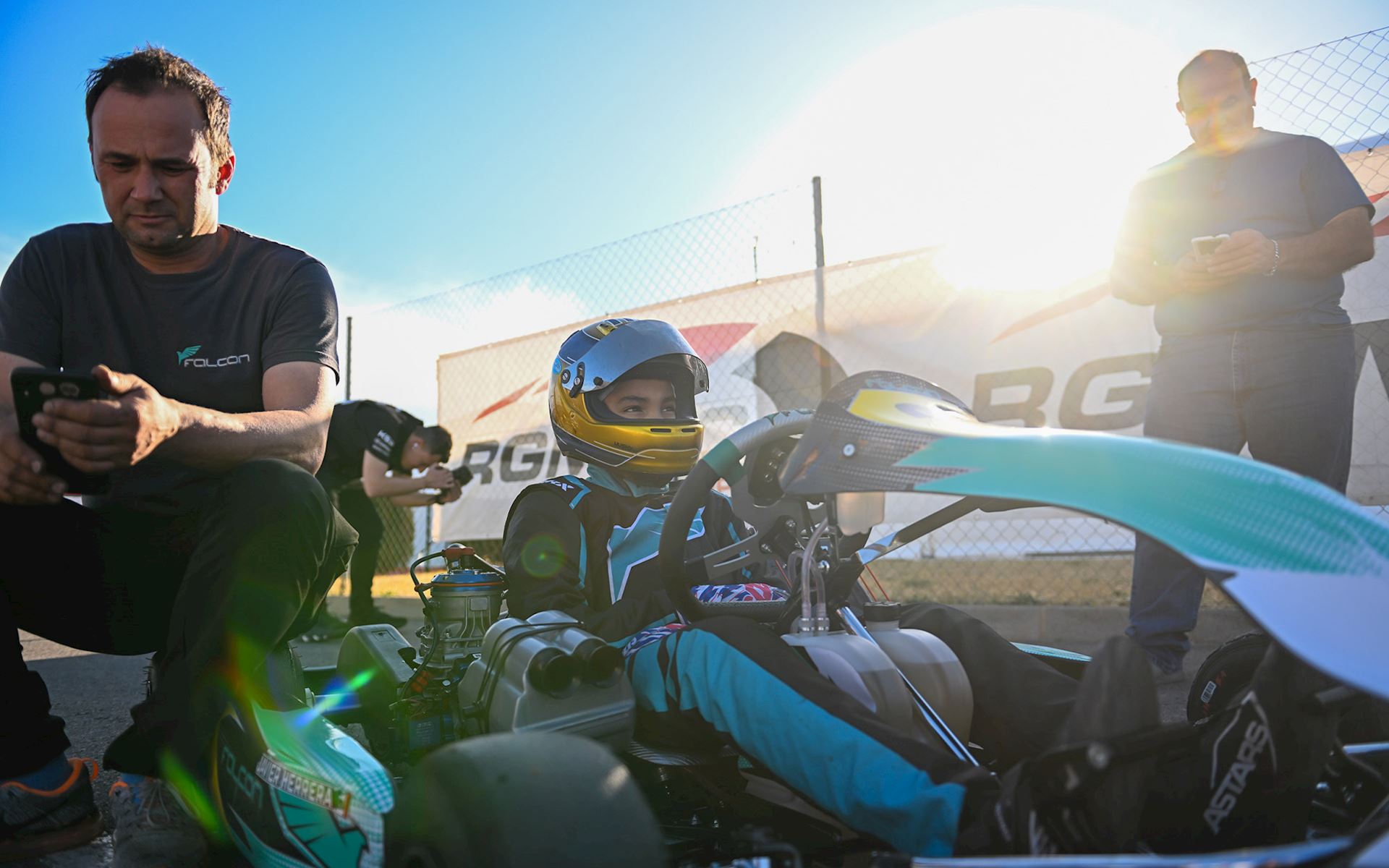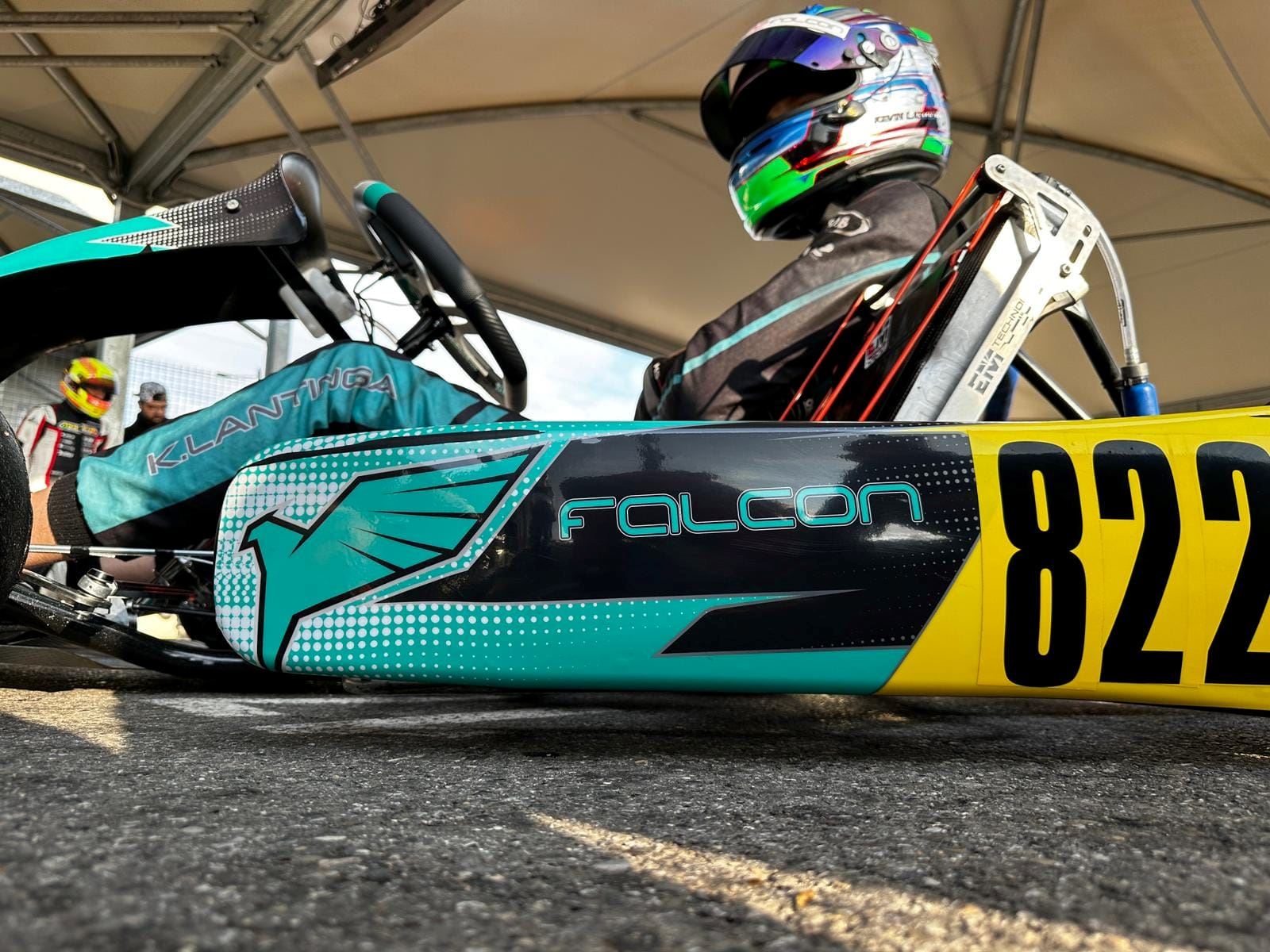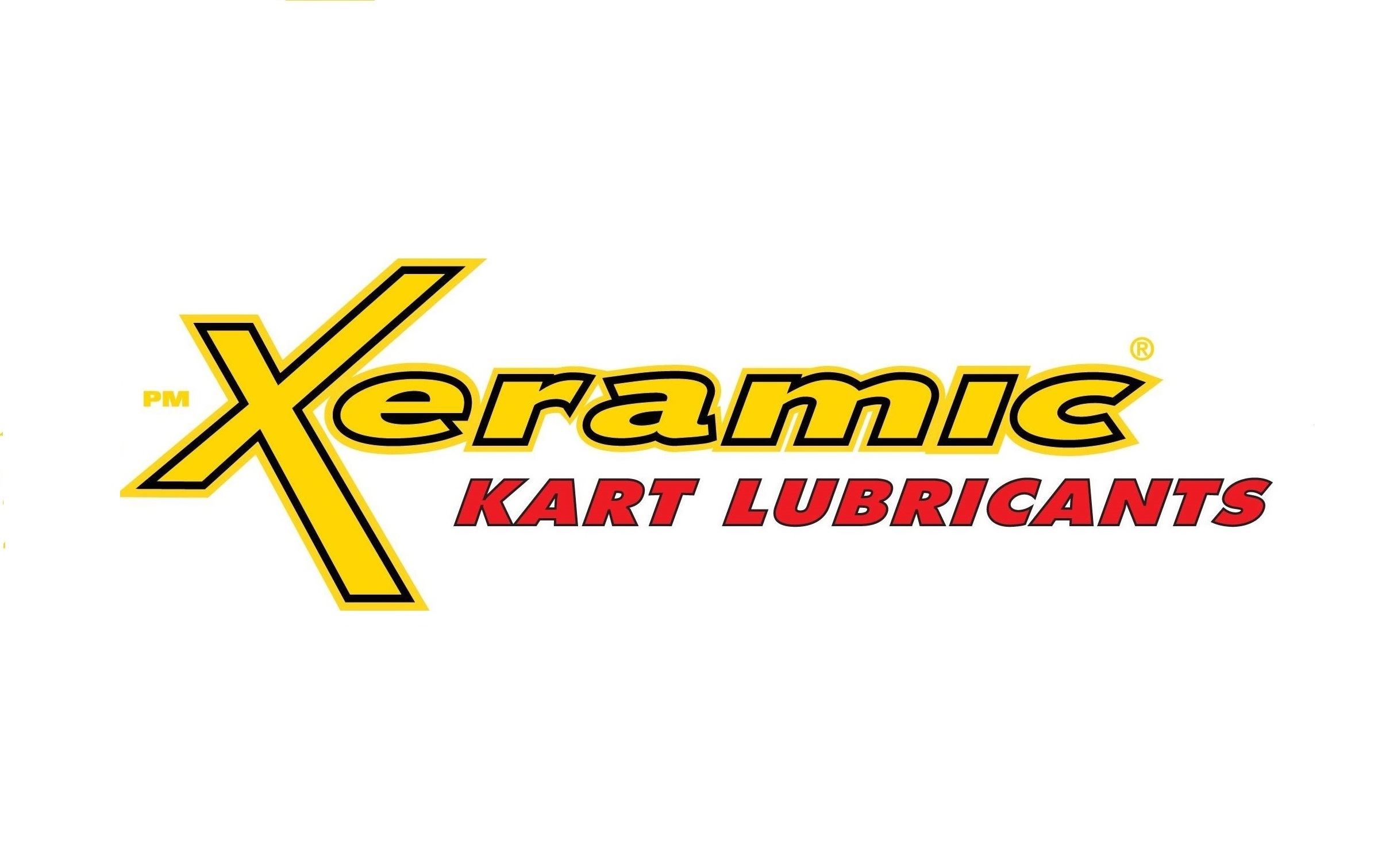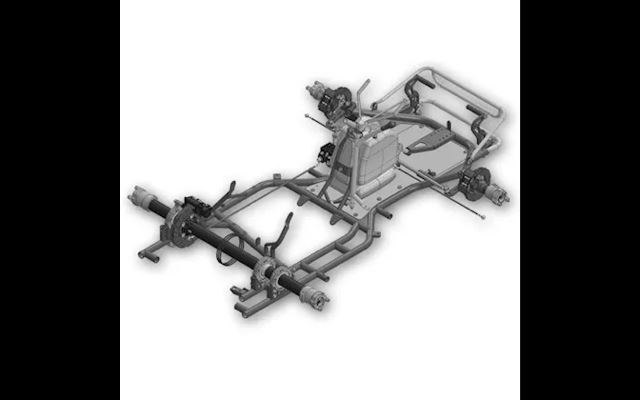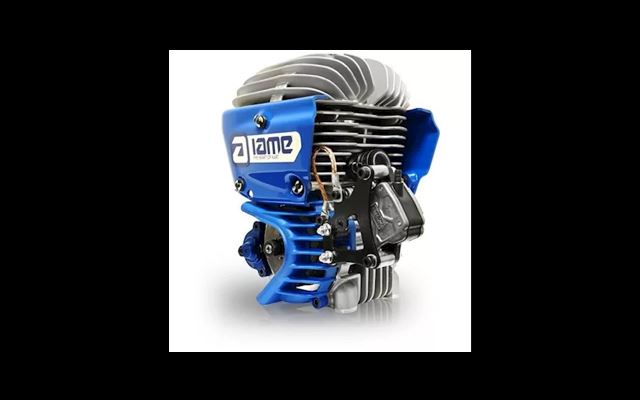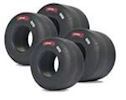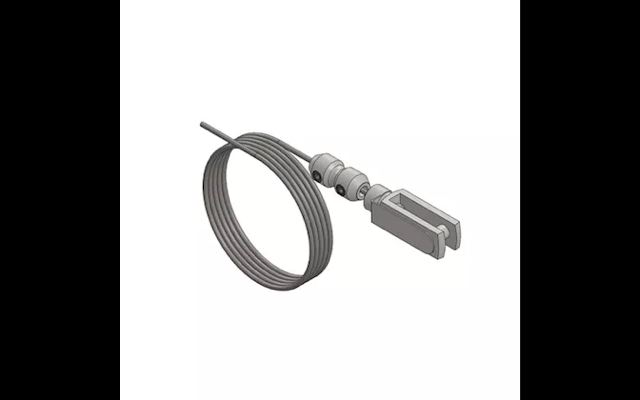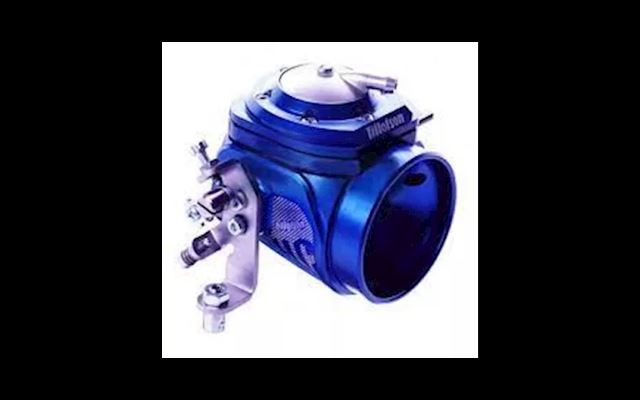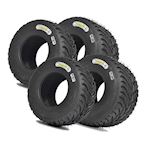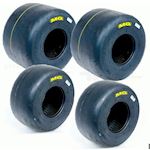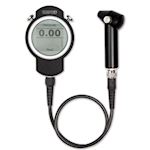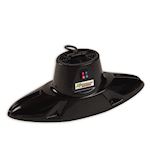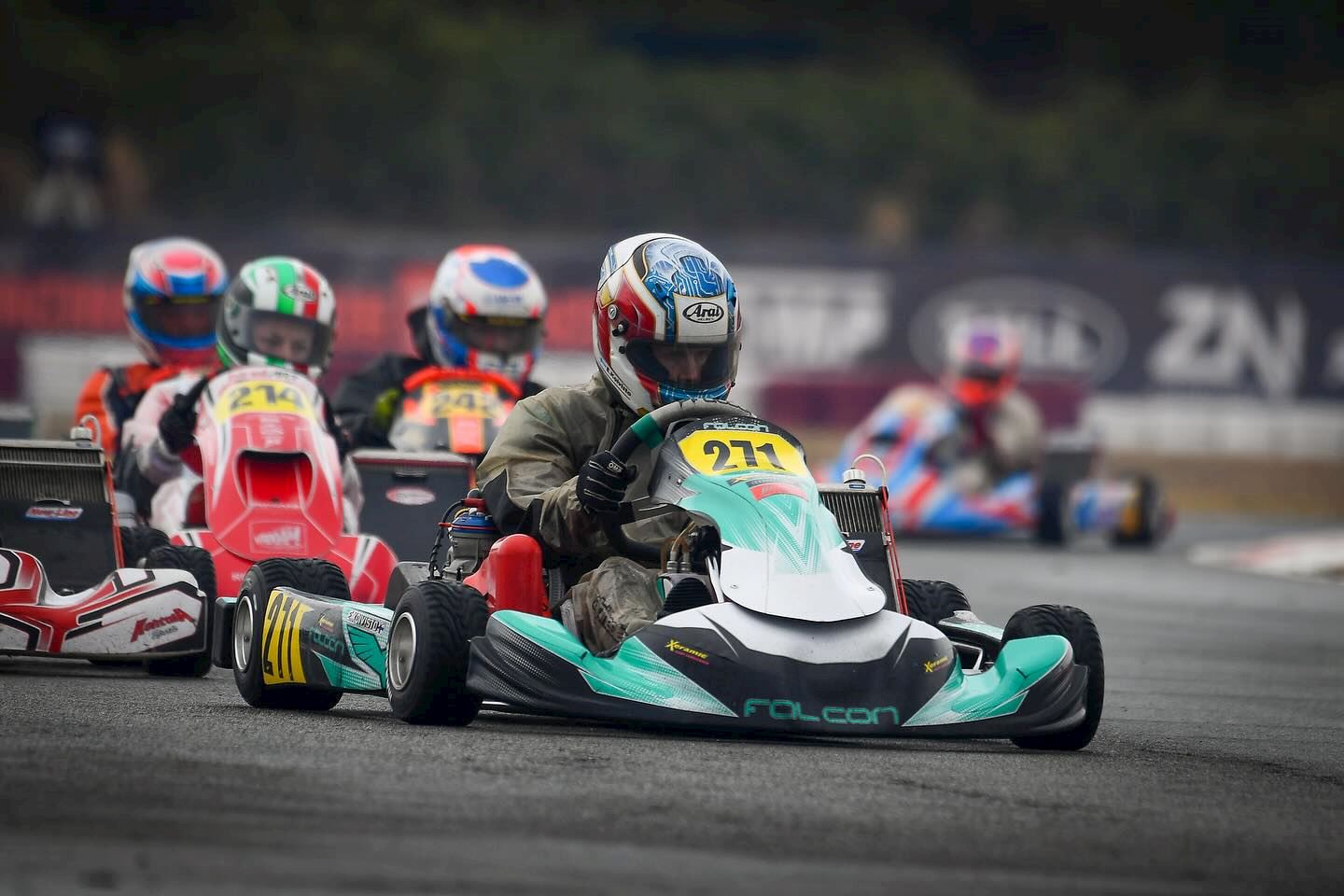Categories
New products
 Rain hit final in
Rain hit final in  Valencia for the opening @championskarting round of 2024.
Valencia for the opening @championskarting round of 2024.
Our sole representative Koivisto made a great impression against the huge 80 strong OK grid by easily qualifying straight to the main finals with consistent TQ and heat results. The final proved difficult with having to learn circuit and tyre during the race but he acquitted himself well and even with a 5 second penalty closed the race inside the top 27 positions. 
Thank you to the staff and…Meer weergeven
IAME WORLD FINAL
2023 CHAMPIONS 

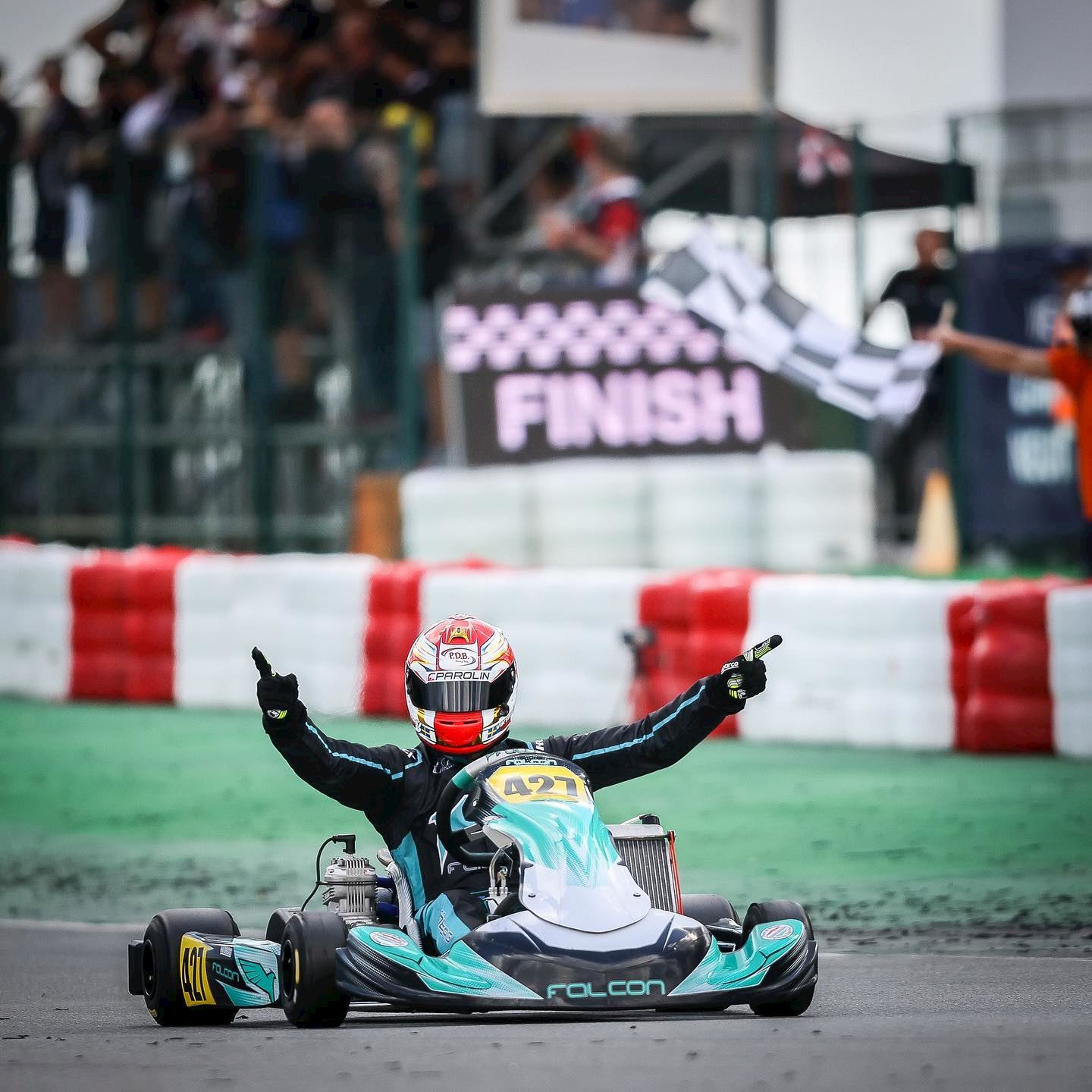
After a long long week in Portimao for the IWF 2023 KWM PDB Academy/Falcon Race Team came away as champions in the Masters category after leading huge chunks of the race, this was a deserved victory for Viktor Oberg and team who worked so hard through all of the changeable conditions then being able to show their real speed in the dry.
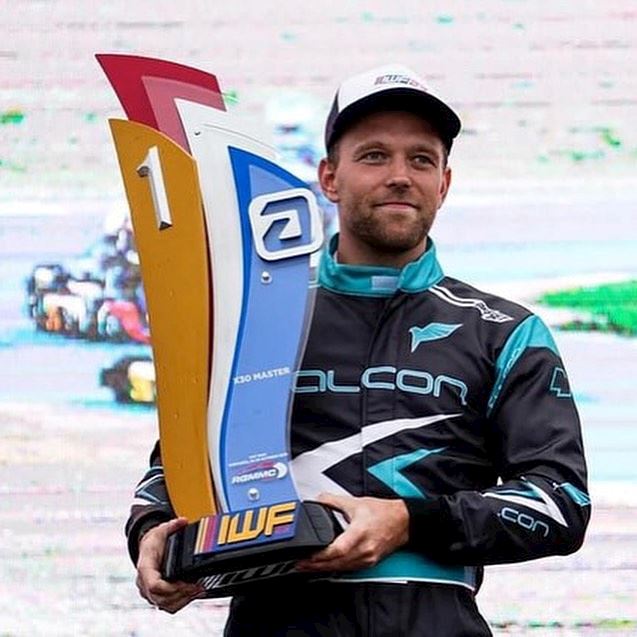
A shout goes out to the rest of the team that didn't make the finals, certainly there was some bad luck involved especially in Mini where we had many protagonists ready to fight the final. The same could be said for Junior and Senior classes. Well done to Ludwig and Quinten who made the Mini & Junior finals respectively 
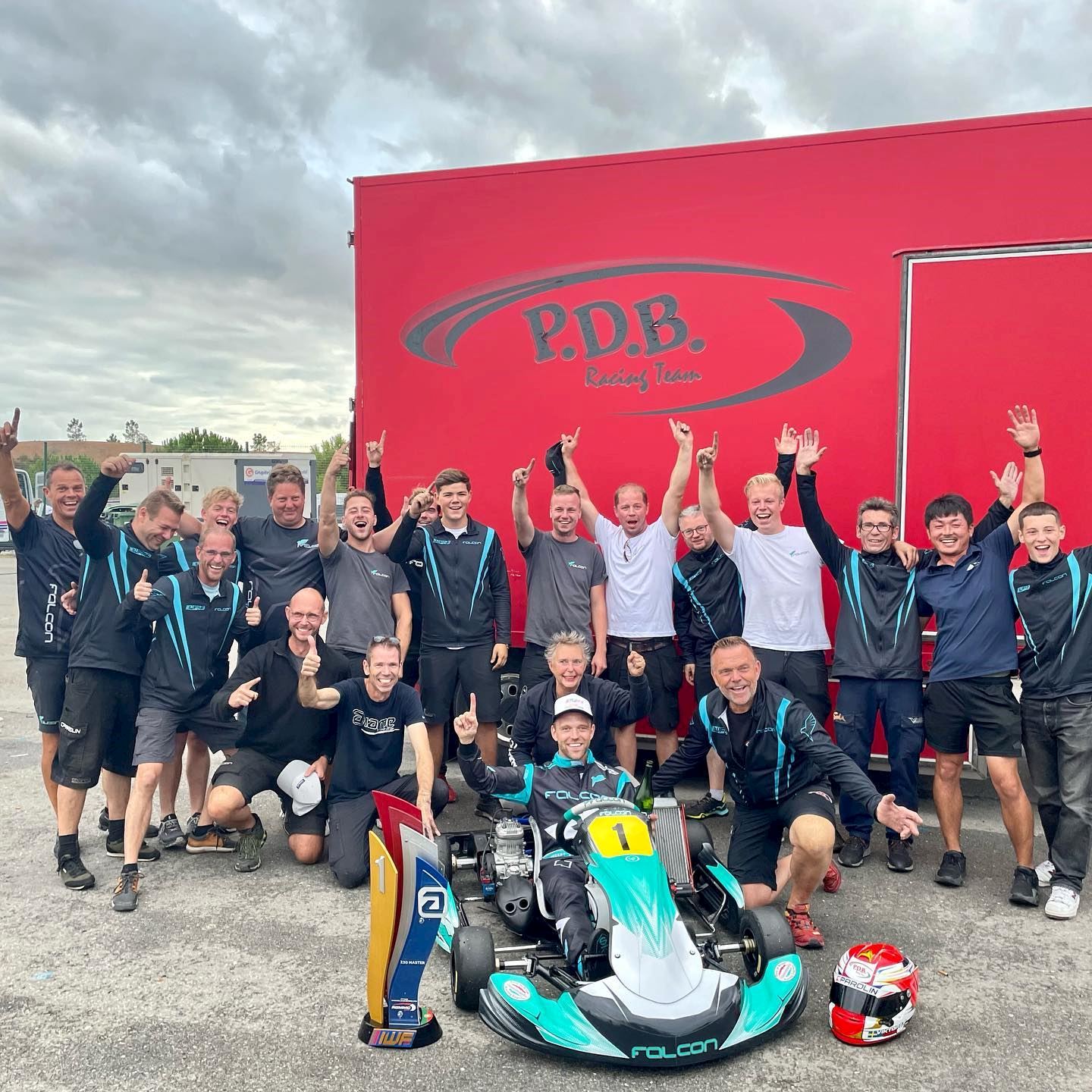
Master
Viktor Oberg 
Mini
Ludwig Grandqvist P15
Junior
Van Leeuwen P24
All of our drivers evolved in to the event and developed hugely from start to finish and we congratulate them for their work ethic, we'll see them at the front soon for sure 
Thanks all and see you at the next 
We go again 
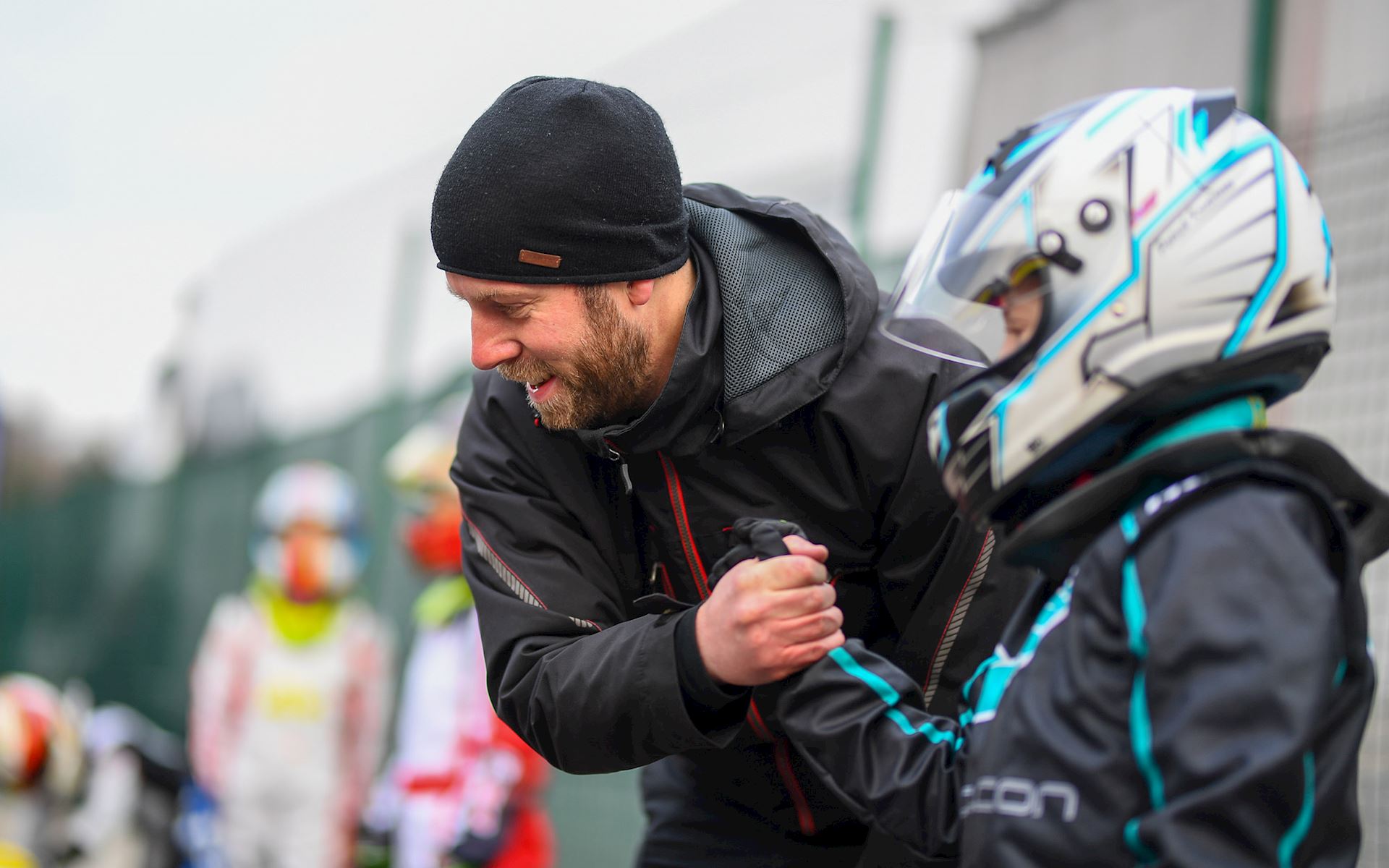
Contact
Do you have any questions about our products or services? Or can we help you with something else? Please let us know! Our experts will be happy to help you with all your questions.
About us
Peter de Bruijn kart Racing is a company that was founded by Peter de Bruijn who started racing go-karts at the age of 11. He won the Dutch Championship in 1975 and continued to win several championships such as the World Championship in Nivelles in 1980, the European ICA Championship in 1981, and the European Championship FK-135cc title in 1982. In 1988, he retired from driving and started focusing solely on the technical side of karting, becoming a team manager for Swiss Hutless.
